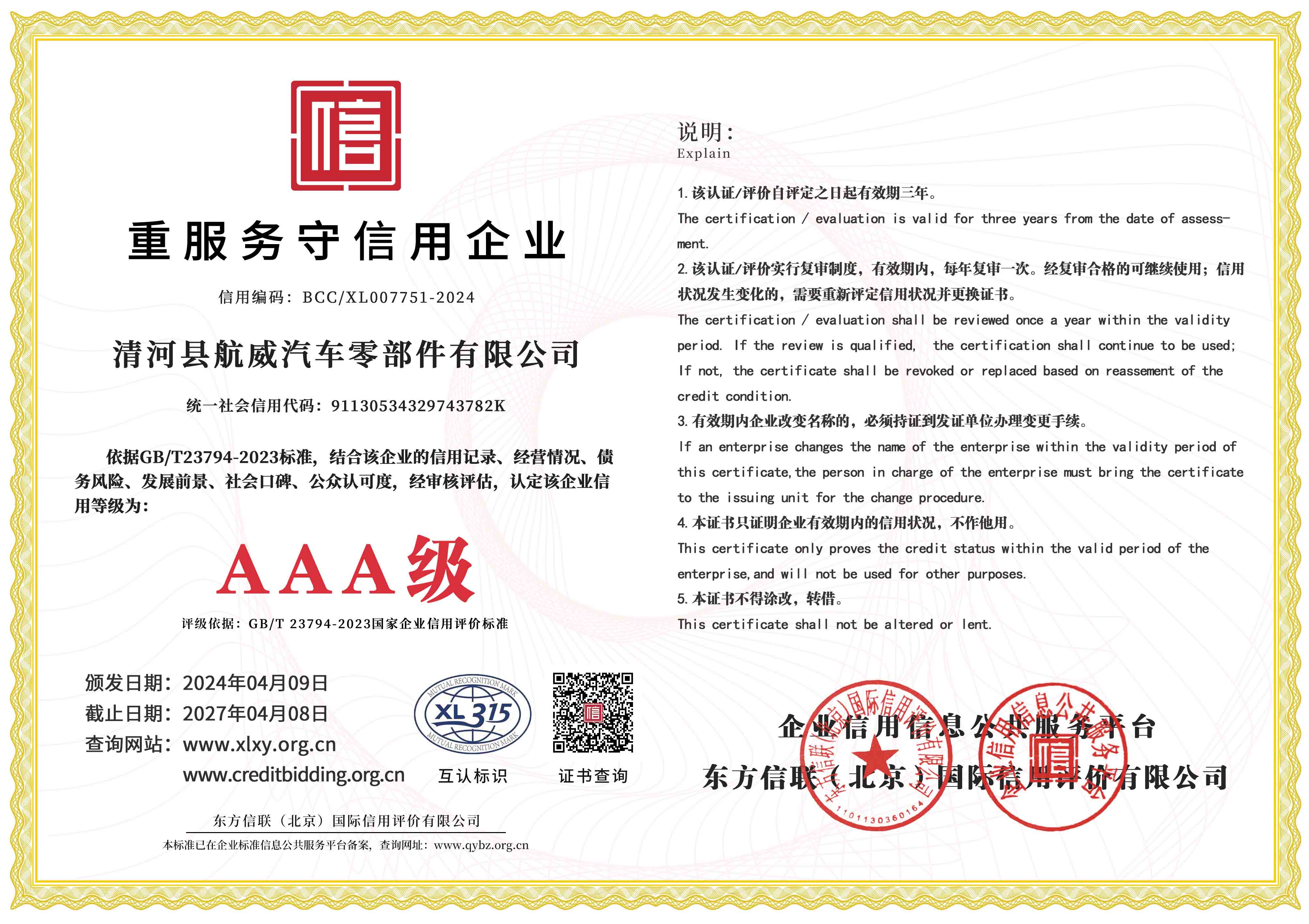car gear cable
Understanding Car Gear Cables A Comprehensive Guide
Car gear cables play a critical role in the operation of manual transmission vehicles, serving as the crucial link between the gear lever and the transmission itself. These cables are responsible for translating the driver’s gear shifter movements into actual gear changes, ensuring that the vehicle operates smoothly and efficiently. In this article, we will explore the importance of gear cables, their construction, common issues, and maintenance tips.
Structure and Function
Car gear cables are typically composed of a flexible inner wire and a durable outer casing. The inner wire is made from high-strength materials to withstand the physical demands of shifting, while the outer casing is designed to protect the inner wire from heat, moisture, and mechanical damage. This design not only minimizes friction during operation but also allows for smooth and precise gear shifting.
The gear lever in the car is connected to one end of the cable, while the other end connects to the transmission. When a driver shifts into a different gear, the lever pulls or pushes the cable, which moves the transmission components into the desired position. This simple yet effective mechanism is what allows manual transmission vehicles to switch gears seamlessly.
Common Issues
Over time, gear cables can experience wear and tear, leading to several common issues. One of the most prevalent problems is fraying of the inner wire, which can reduce the effectiveness of gear shifts and lead to difficulty in changing gears. In some cases, the outer casing may become damaged due to environmental factors or physical impact, leading to exposed inner wires.
Another issue to watch out for is binding or stiffness in the cable. This can happen if the cable becomes contaminated with dirt and grime, or if there is a lack of lubrication. These problems can manifest as a noticeable resistance when shifting, making the driving experience less enjoyable and potentially affecting vehicle performance.
car gear cable

Maintenance Tips
To prolong the lifespan of your gear cables and ensure optimal performance, regular maintenance is essential
. Here are a few tips to consider1. Visual Inspections Routinely check the gear cables for any signs of fraying, corrosion, or damage. Early detection of issues can prevent more significant problems down the road.
2. Lubrication Keeping the cables properly lubricated can help reduce friction and ensure smooth operation. Use a suitable lubricant recommended for automotive cables to avoid any adverse reactions with the materials.
3. Cleaning Periodically clean the outer casing to prevent dirt accumulation. This can help maintain the integrity of the cable and ensure smooth operation.
4. Professional Assessment If you notice any persistent issues with your gears or shifting, it is advisable to consult a professional mechanic. They can provide a thorough assessment and replacement if necessary.
Conclusion
Car gear cables are essential for the smooth operation of manual transmission vehicles. Understanding their function, common issues, and maintenance practices can help drivers ensure a reliable and efficient driving experience. By taking proactive steps in caring for gear cables, vehicle owners can enhance their car’s performance and extend its lifespan, making every journey more enjoyable. Whether you are a seasoned driver or new to manual transmission cars, understanding gear cables is key to mastering the art of driving.
-
Workings of Clutch Pipe and Hose SystemsNewsJun.04,2025
-
The Inner Workings of Hand Brake Cable SystemsNewsJun.04,2025
-
The Secrets of Throttle and Accelerator CablesNewsJun.04,2025
-
The Hidden Lifeline of Your Transmission Gear Shift CablesNewsJun.04,2025
-
Demystifying Gear Cables and Shift LinkagesNewsJun.04,2025
-
Decoding Clutch Line Systems A Comprehensive GuideNewsJun.04,2025
